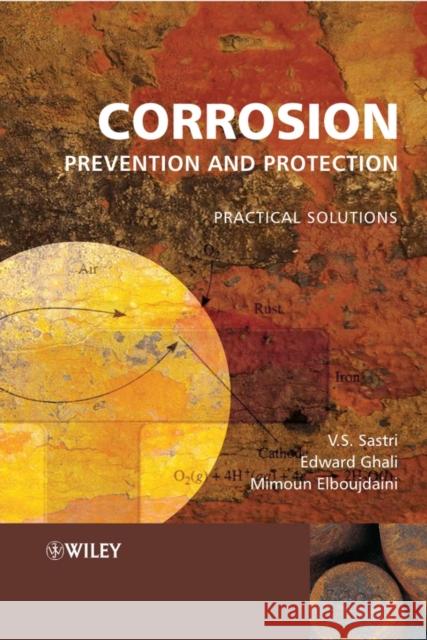Wyniki wyszukiwania:
wyszukanych pozycji: 2
 |
Corrosion Resistance of Aluminum and Magnesium Alloys: Understanding, Performance, and Testing
ISBN: 9780471715764 / Angielski / Twarda / 2010 / 752 str. Termin realizacji zamówienia: ok. 30 dni roboczych (Bez gwarancji dostawy przed świętami) Valuable information on corrosion fundamentals and applications of aluminum and magnesium Aluminum and magnesium alloys are receiving increased attention due to their light weight, abundance, and resistance to corrosion. In particular, when used in automobile manufacturing, these alloys promise reduced car weights, lower fuel consumption, and resulting environmental benefits. Meeting the need for a single source on this subject, Corrosion Resistance of Aluminum and Magnesium Alloys gives scientists, engineers, and students a one-stop reference for understanding both the... Valuable information on corrosion fundamentals and applications of aluminum and magnesium Aluminum and magnesium alloys are receiving increa... |
cena:
860,58 |
 |
Corrosion Prevention and Protection: Practical Solutions
ISBN: 9780470024027 / Angielski / Twarda / 2007 / 574 str. Termin realizacji zamówienia: ok. 30 dni roboczych (Bez gwarancji dostawy przed świętami) The authors present a functional approach to the various forms of corrosion, such as uniform corrosion, pitting corrosion, crevice corrosion, galvanic corrosion, stress corrosion, hydrogen-induced damage, sulphide stress cracking, erosion-corrosion, and corrosion fatigue in various industrial environments.
The authors present a functional approach to the various forms of corrosion, such as uniform corrosion, pitting corrosion, crevice corrosion, galvanic...
|
cena:
1275,12 |










